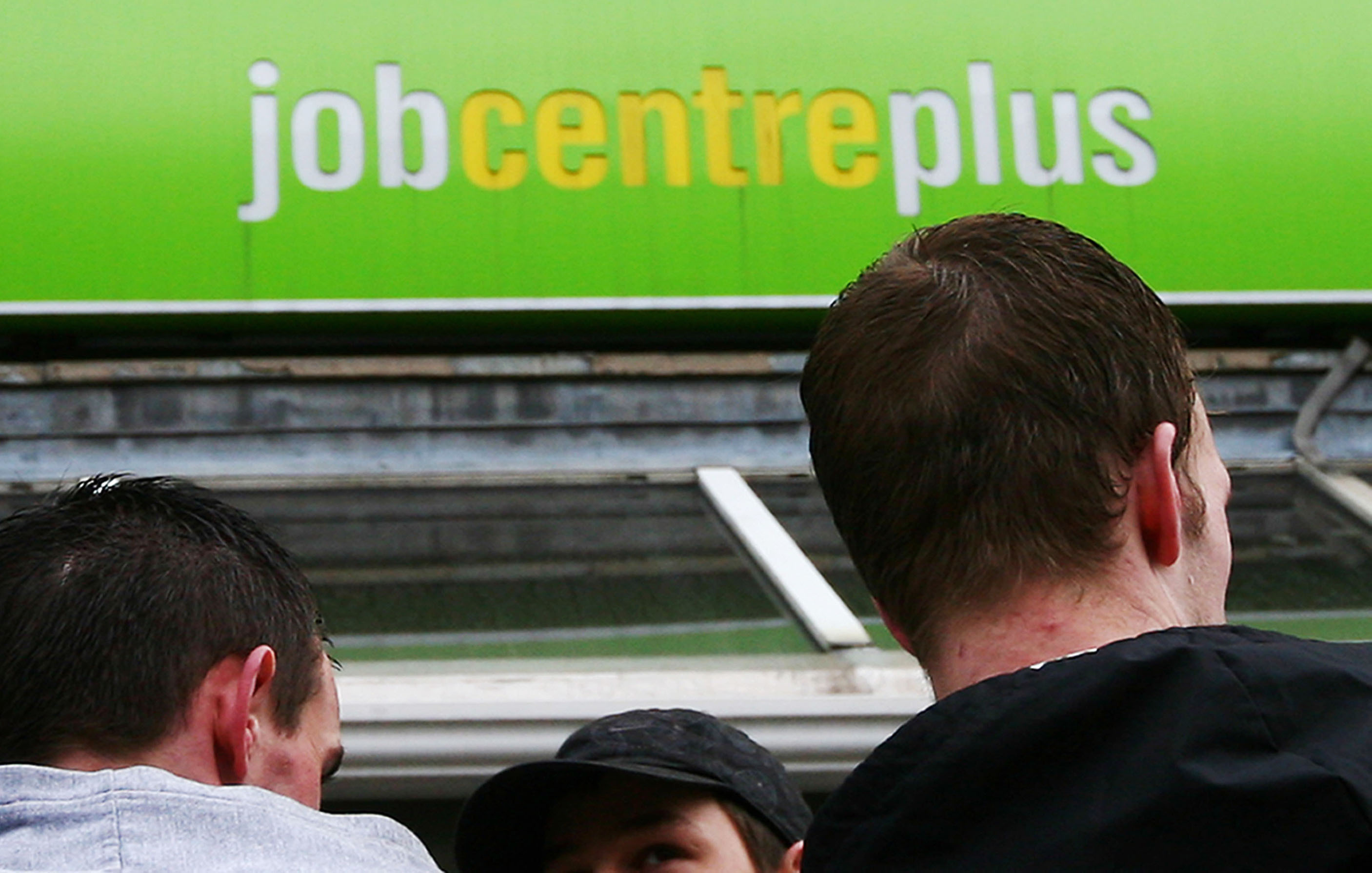
The jobless total jumped by 21,000 between December and February to 1.7 million – the first rise since last summer.
In Scotland, 171,000 are unemployed – an increase of 20,000.
That means the unemployment rate has reached 6.2%.
The number of people claiming unemployment-related benefits increased by 6,700 in March to 732,100, the first monthly rise since last August.
The Office for National Statistics (ONS) also reported that employment increased by 20,000 in the latest quarter to 31.4 million, the smallest rise for almost a year.
ONS statistician Nick Palmer said: “It’s too soon to be certain but, with unemployment up for the first time since mid-2015, and employment seeing its slowest rise since that period, it’s possible that recent improvements in the labour market may be easing off.”
There were 14.6 million women in work, down by 40,000 on the previous three months and the first fall since the autumn of 2012.
The quarterly reduction in women’s employment was the biggest for five years.
In contrast, male employment was almost 16.8 million, the highest since records began in 1971.
Average earnings increased by 1.8% in the year to February, 0.3% down on the previous month, mainly due to lower bonuses in the financial sector.
There were 8.8 million people classed as economically inactive, including those on long- term sick leave, looking after a relative or who have given up looking for work – 121,000 fewer than a year ago and the lowest since mid-2003.
The inactivity rate of 21.7% was the joint lowest on record.
The UK’s unemployment rate is now 5.1%, down by 0.5% on a year ago and the lowest since 2005.
Other data from the ONS showed that the number of self-employed workers increased by 120,000 to a near record 4.6 million, while people on government training and employment programmes fell by 9,000 to 102,000.
In February, 19,000 working days were lost through 11 stoppages because of industrial disputes, including the junior doctors’ action.
READ MORE
Steady as she goes for SNP on economy
Kezia Dugdale challenges SNP to match Labour pledge on anti-poverty action

Enjoy the convenience of having The Sunday Post delivered as a digital ePaper straight to your smartphone, tablet or computer.
Subscribe for only £5.49 a month and enjoy all the benefits of the printed paper as a digital replica.
Subscribe